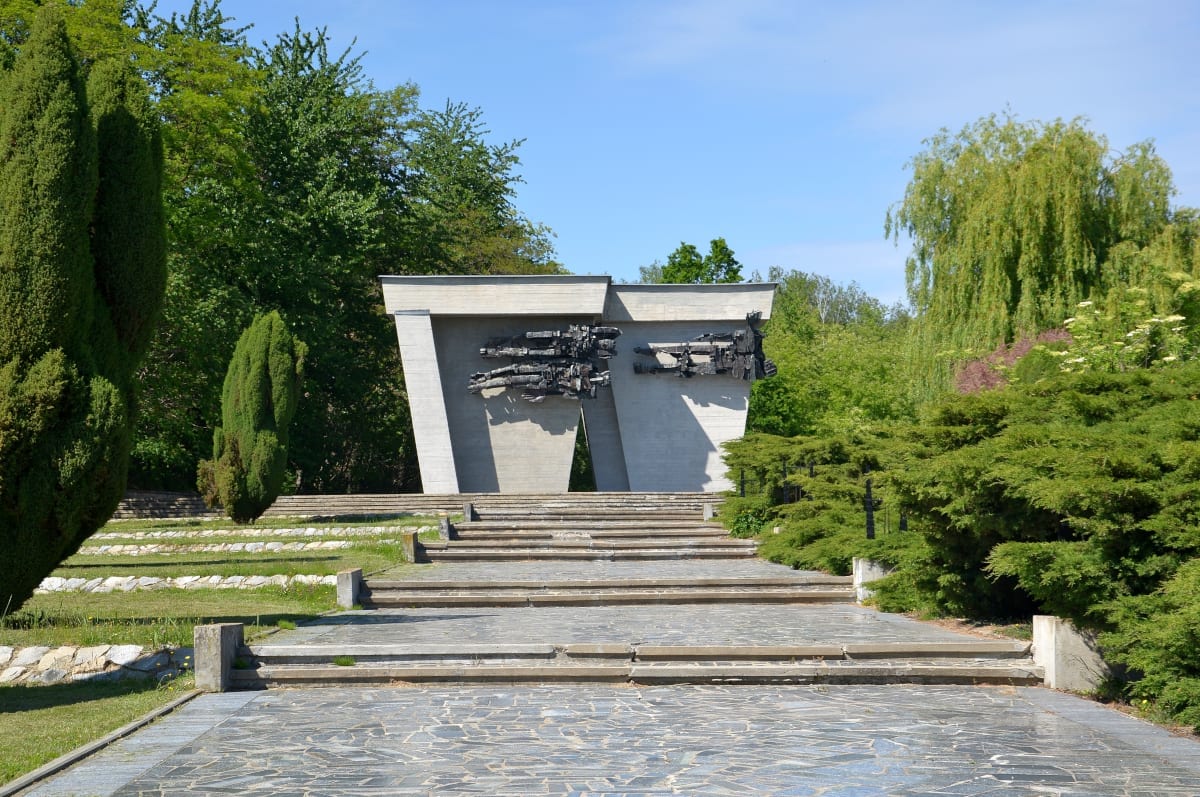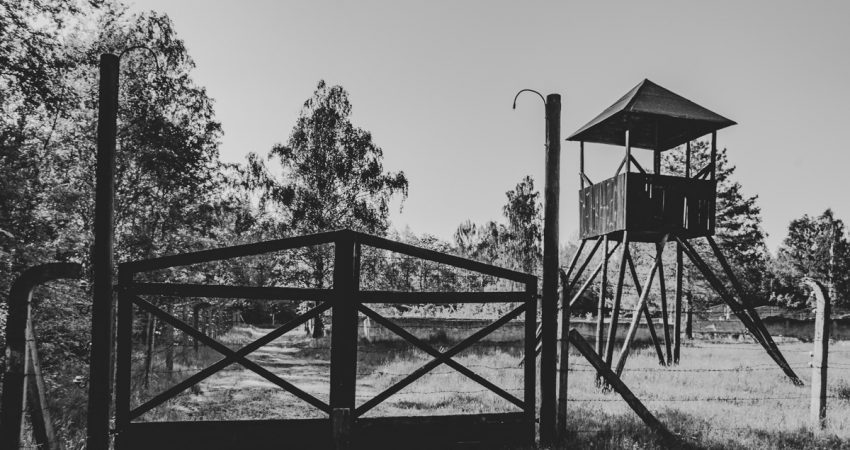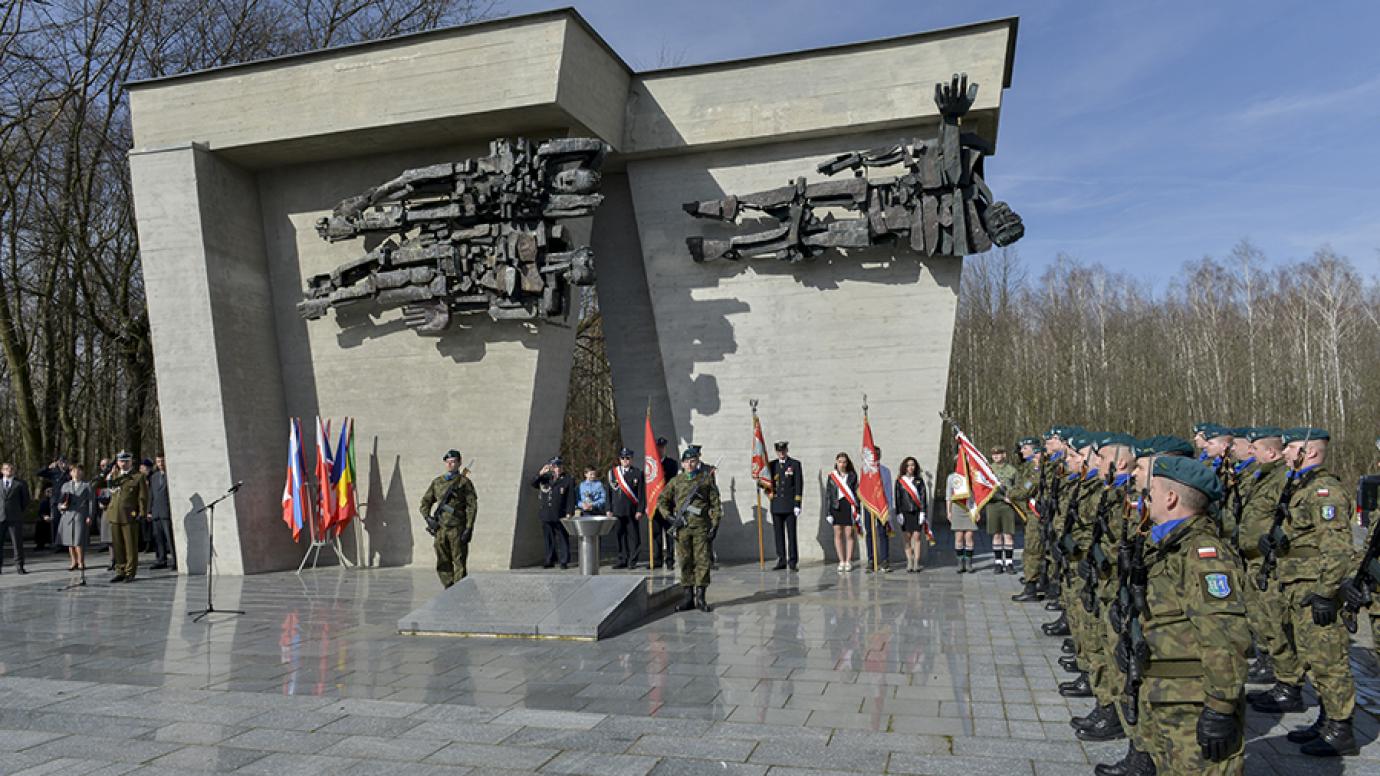
Łambinowice
Łambinowice – updated 13 January 2023.
Camp Łambinowice, also known as Zwangsarbeitslager Lambinowice, was a Nazi German concentration camp located in the village of Łambinowice in Lower Silesia, Poland. The camp was established in 1941, during World War II, as a subcamp of the Gross-Rosen concentration camp.

Auschwitz and Dachau
The camp was primarily used for the imprisonment and forced labor of Polish political prisoners and Jews. Many of the prisoners were brought from other camps, including Auschwitz and Dachau. Many were also Polish resistance fighters, priests, and intellectuals.
Inhumane conditions
Prisoners were subjected to inhumane conditions, including overcrowding, starvation, disease, and abuse. Many prisoners were forced to work in the nearby coal mines, and the work was extremely dangerous and grueling. Thousands of prisoners died at the camp due to the harsh conditions and mistreatment.
Gas chamber
The camp also had a section known as “Vernichtungslager" (extermination camp), where prisoners were killed in a gas chamber.
Invasion of Poland
Throughout the war, more than 300,000 Allied and Soviet prisoners passed through the gates of the camp at Łambinowice. The base camp was given the designation Stalag VIII-B (later to become Stalag 344).
In 1941 a separate camp, Stalag VIII-F was set up close by to house the Soviet prisoners.
Warsaw Rising
In October 1944 soldiers and officers were brought to Łambinowice from the Warsaw Rising, including over 1,000 women. Later, most of the prisoners were transferred to other camps.
Red Army
In January 1945, as the Soviet army approached, the Germans began to evacuate the camp, forcing the prisoners on a death march westward. Many prisoners did not survive the march, and those who did were liberated by the Soviet army in April of that year.
After the Soviet takeover of the area, on 17th March 1945 the Red Army took the camp over and continued to operate it, this time the institution housed German prisoners of war.

Transit camp
A transit camp, run by the Ministry of Internal Security and commanded by Czesław Gęborski (later put on trial for crimes against humanity for his actions in the camp), was also created nearby, serving as an internment, labour and resettlement camp for German Silesians, as a “verification" point for Silesians, as well as a camp for former veterans of the Anders’ Polish II Corps, whom the new communist authorities of Poland saw as dangerous. Out of 8000 internees, it is estimated that between 1000 and 1,500 German civilians died in the camp, mostly by typhus and maltreatment from camp officials. More than 1,130 names are listed in the cemetery.
Łambinowice Museum
After the war, the camp was closed, and the remaining prisoners were freed. Today, the site is a memorial to the victims of the camp, with a museum and a monument dedicated to the memory of the prisoners who suffered and died there.
It is important to remember that the Holocaust was a systematic extermination of millions of Jews, Romani, disabled people and other targeted groups, by the Nazi regime and its collaborators, Camp Łambinowice was one of the many concentration camps that existed during WWII, where atrocities took place.